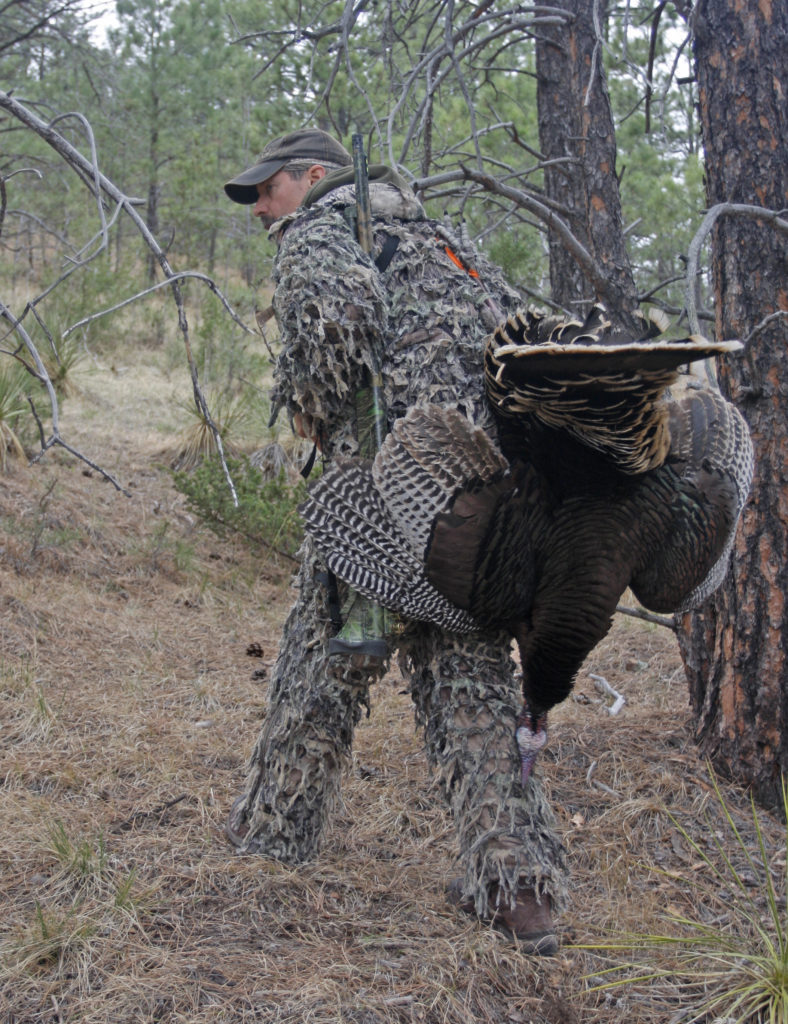
Hunters are the ones who put their money where their mouth is when it comes to conserving habitat for game and non-game species alike. (Photo: Gordy Krahn)
The True Conservationists
by Gordy J. Krahn
There seems to be considerable ambiguity when defining the terms environmentalist and conservationist — and who best represents these core ideals. Too many people further confuse the issue when it comes to the philosophy of the wise use of renewable natural resources as opposed to the non-use of those resources. This is all too often evident when the general media addresses environmental issues in terms of preservation, and give lip service to those individuals or groups with anti-hunting agendas claiming to be conservationists.
But who are the real conservationists, the true environmentalists? To me the answer is simple: it’s the hunters who have historically put the resource first when it comes to managing our nation’s wildlife and lands they inhabit. It’s those forward thinking individuals who helped develop the modern day conservation system that has brought so many overexploited game species back from the brink of extermination.
The wild turkey is a perfect example. During pre-colonial times, they were abundant — some estimates put them as high as 10 million birds. But by the early 1900s, they appeared to be on the road toward extinction, as unregulated hunting and widespread land development had wiped them out over much of their traditional range. But through aggressive conservation efforts — spearheaded by the National Wild Turkey Federation and largely funded by sportsman’s dollars — the wild turkey made an incredible comeback to the nearly 7 million birds that exist today in 49 U.S. states, several Canadian provinces and parts of Mexico.
Ideals are wonderful, but it takes hard cash to fund wildlife and habitat conservation projects — and it’s hunters who champion these efforts … who are the stewards of wildlife management … who provide the funding. During 2016, the Pittman/Robertson Act alone — which taxes hunting equipment — apportioned $695 million to state wildlife agencies. Add to that another $600 million and change from the sale of hunting and trapping licenses and private donations from hunters to the tune of more than $3 million and you’re talking real money — more than $1.6 billion per year! And it’s important to note that this money literally pays the bills for far-reaching conservation projects that benefit non-game animals and their habitat, too. At no time has there been a better model of sustainable wildlife conservation.
And that’s what it’s really all about, isn’t it — the hunter’s legacy: Leaving our natural resources in better shape than we inherited them, so that our children and our children’s children can enjoy the bounty of this great land.
